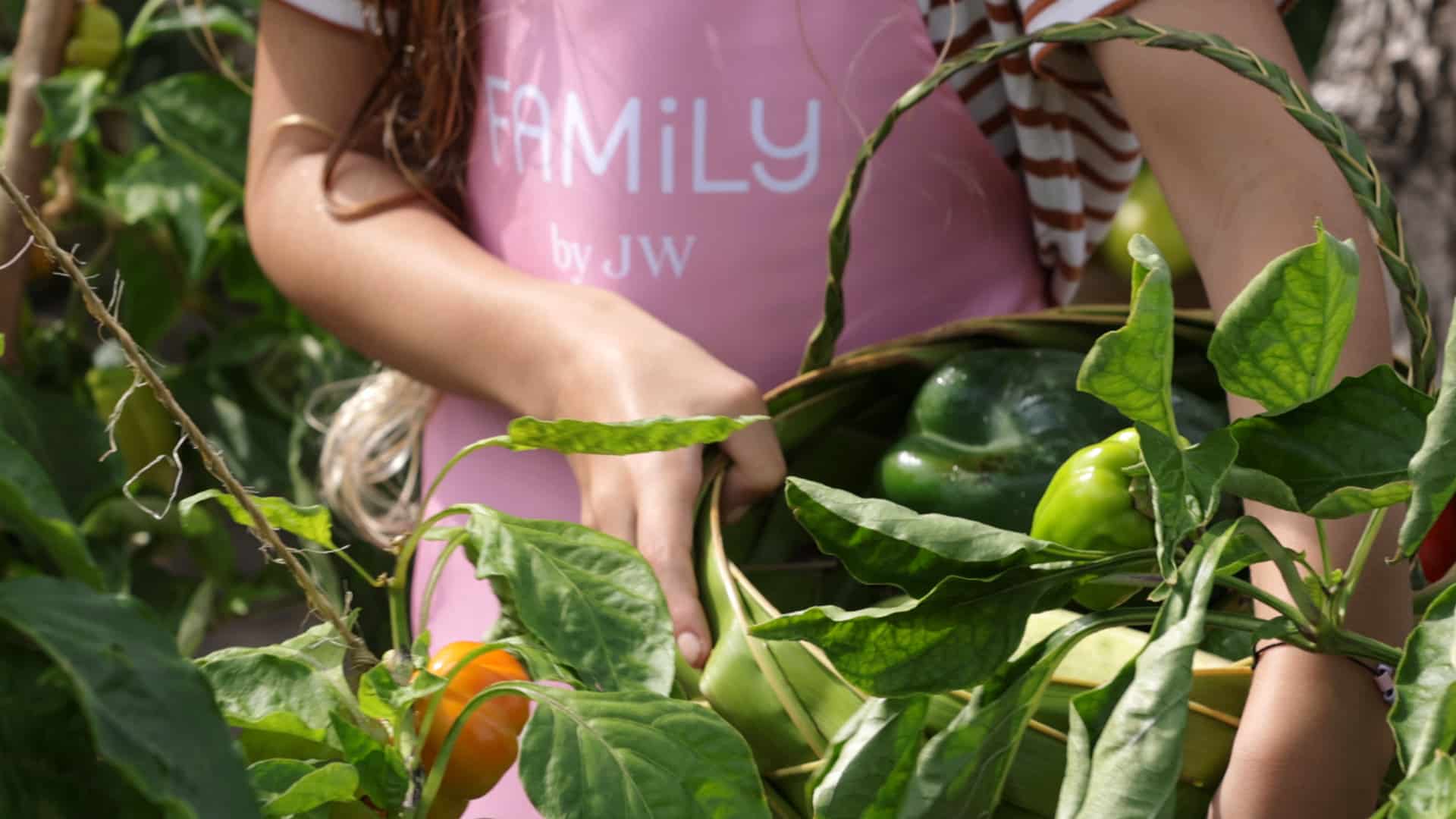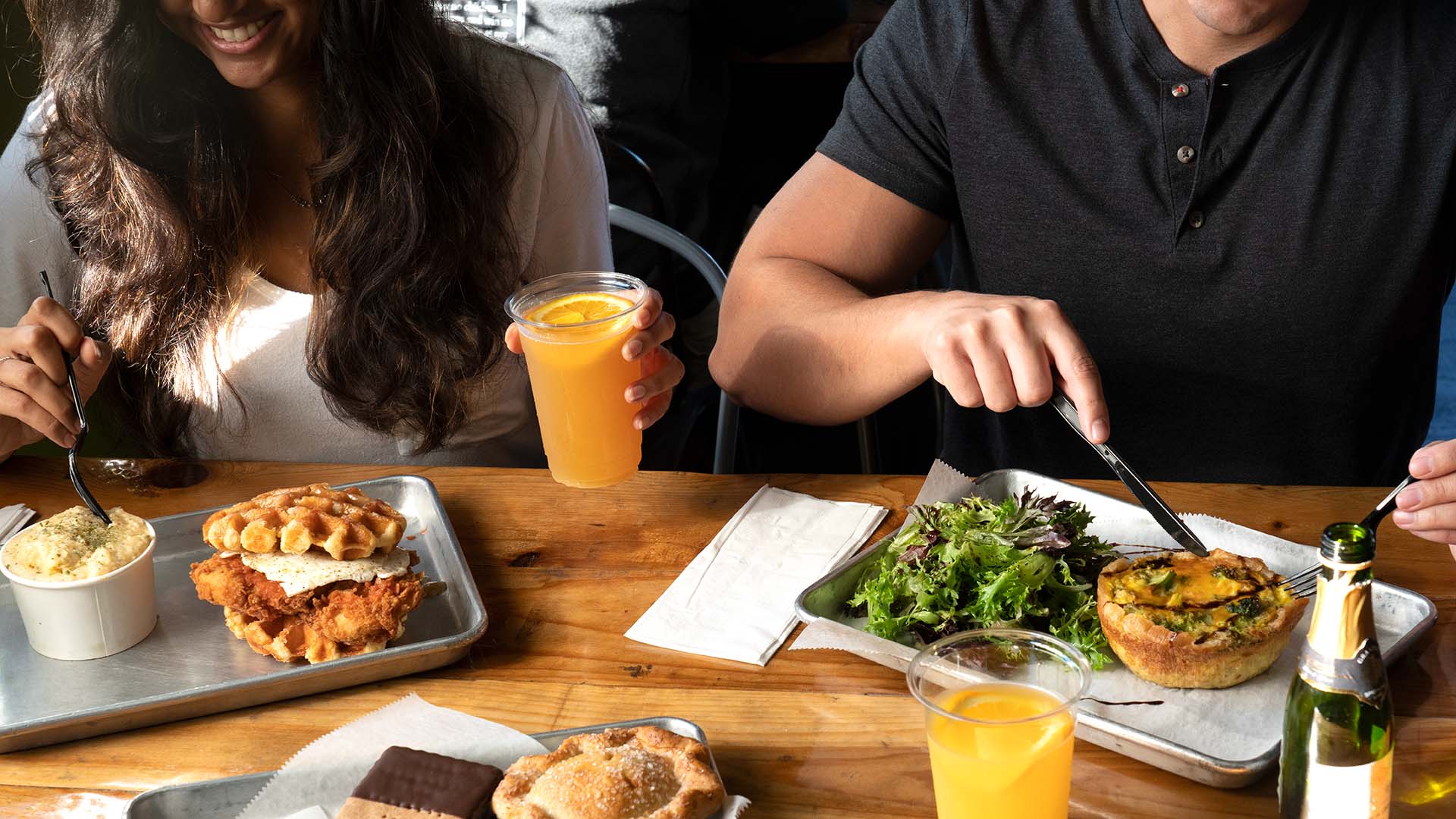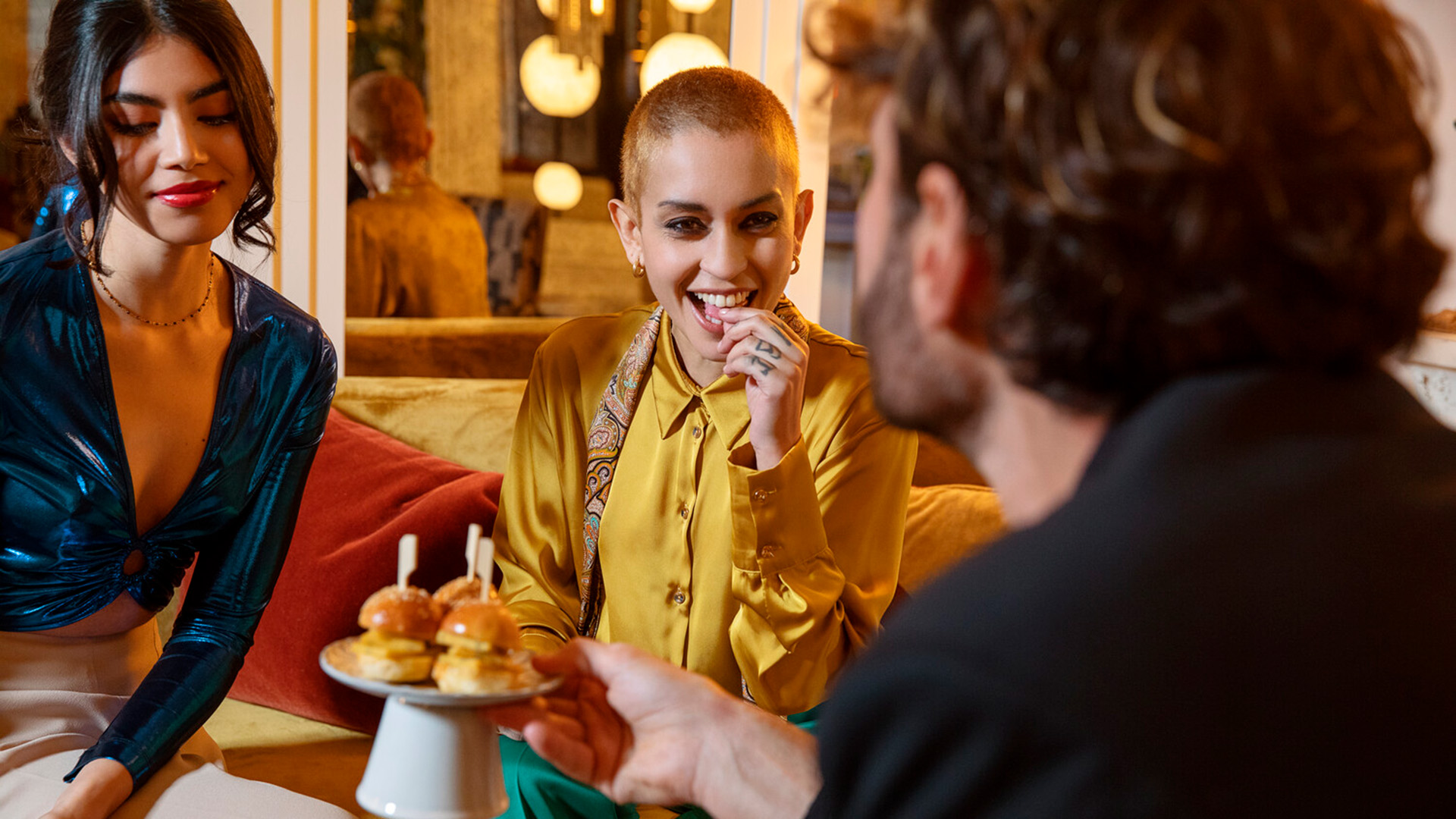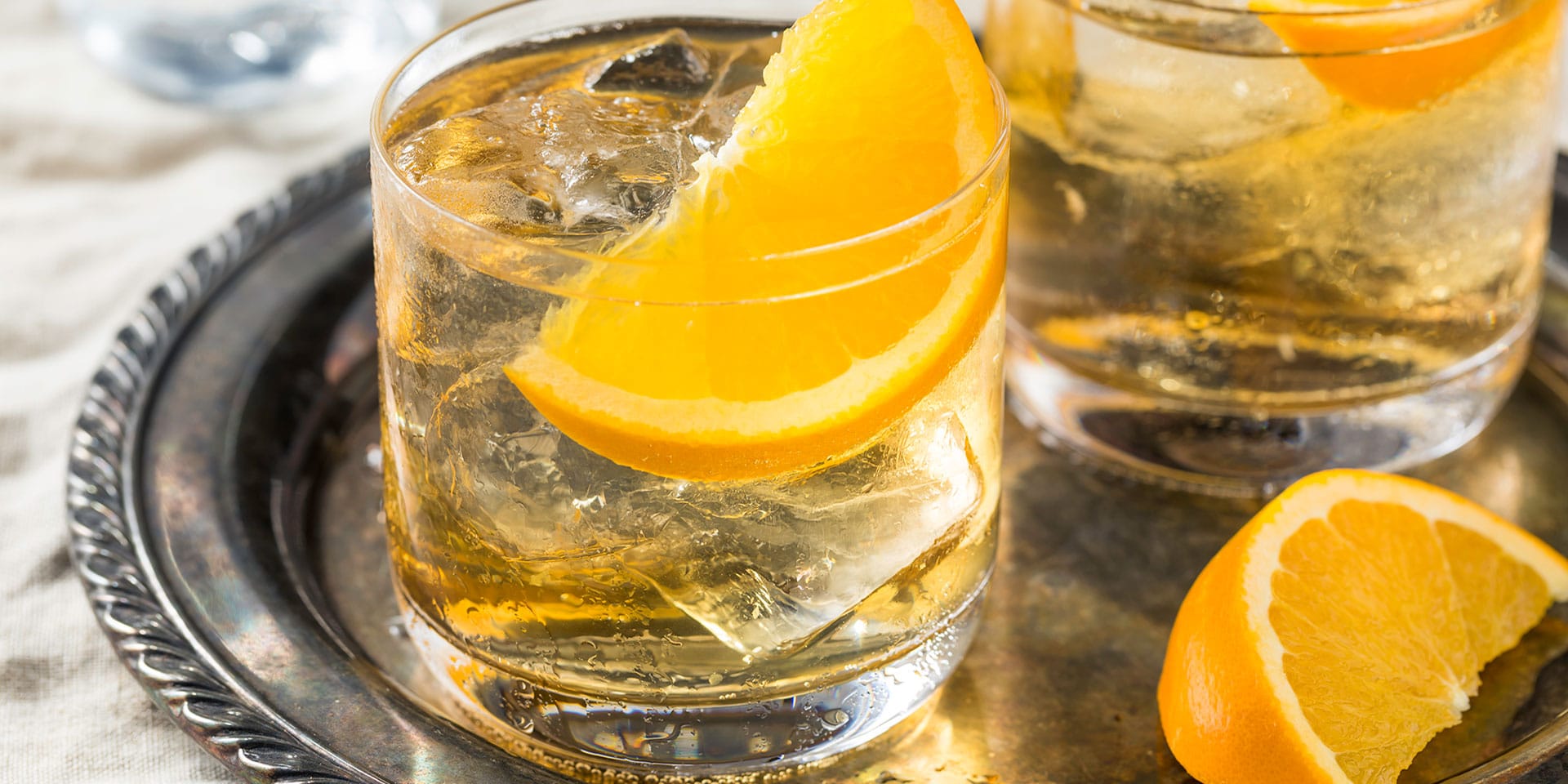
Not every cocktail needs booze to make it great. Get schooled in the best of mocktails. (Photo: Getty Images)
Eat + DrinkMock (on the) Rocks: The Virgin Cocktail Comes of Age
By Sara Toth StubInspired by ancient tales of physicians distilling herbs for their patients, British farmer Ben Branson set out to make his own nonalcoholic spirit. Made from homegrown peas, hay, mint, rosemary and thyme, Branson’s Seedlip Garden 108 is now widely available in bars and eateries all over the world, one of a growing number of nonalcoholic spirits feeding the current global frenzy for virgin drinks.
At bars and restaurants worldwide, including in cities known for their drinking culture, so-called mocktails are showing up on menus. Handcrafted from a wide array of ingredients, these grown-up beverages go far beyond the syrupy sweet Shirley Temple.
There are now a plethora of exciting and sophisticated choices for those who refrain from alcohol for health or religious reasons, or because they need to drive home, or because they may have had too much to drink already, or because they are embracing the increasingly popular Dry January and Dry Feb(ruary).
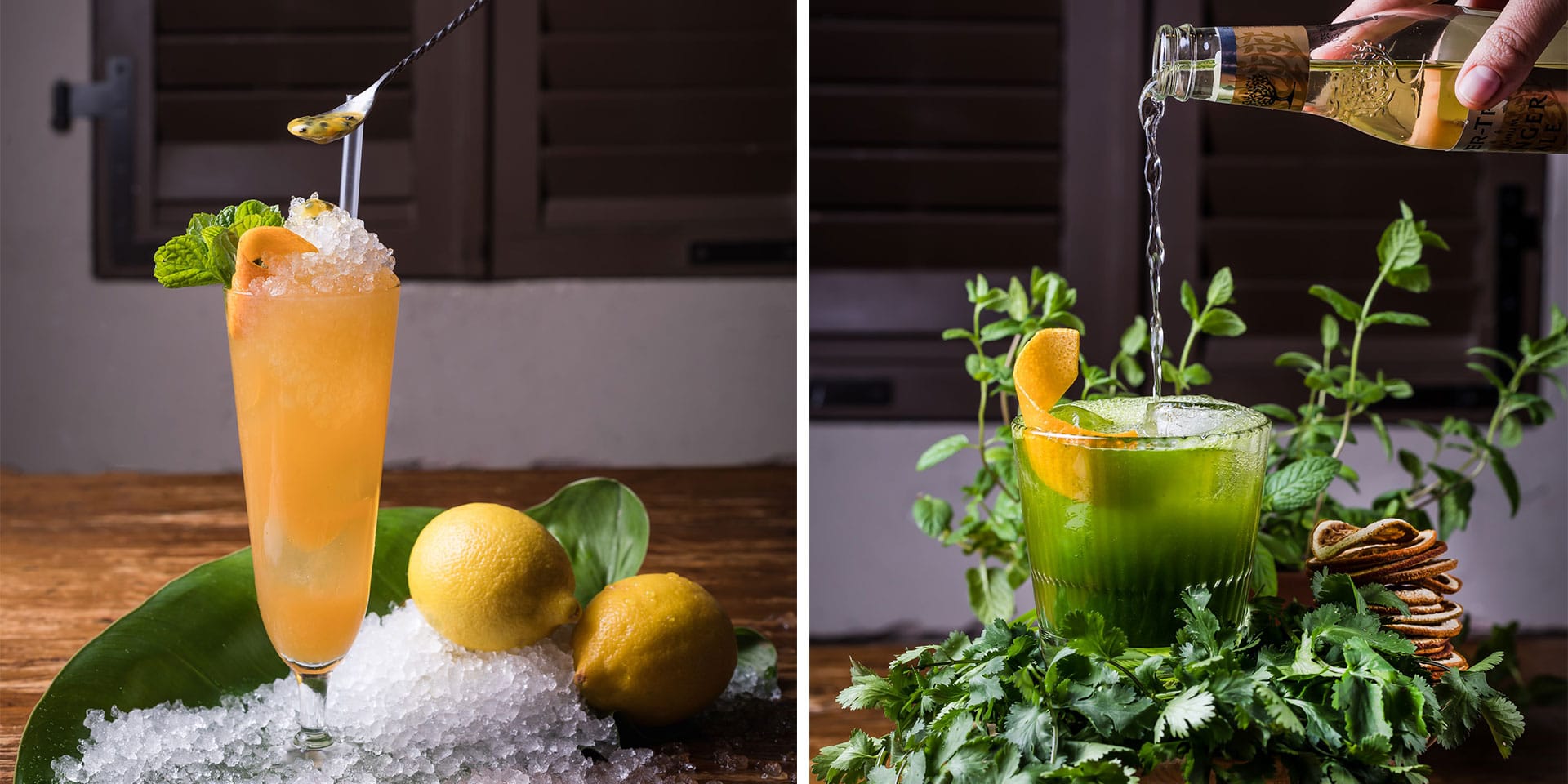
“This is a need that has been neglected for so long,” says entrepreneur Maria Sehlstrom, who, with her husband Craig Hutchison, recently launched Ceders, which makes three varieties of nonalcoholic gin from South African botanicals like rooibos and juniper and fresh water from Sehlstrom’s native Sweden.
These nonalcoholic spirits offer alternative bases to the long-common Sprite or sparkling water for mocktails, weaving in more complex tastes and even medicinal properties. “It’s really something that consumers are asking for, as more people embrace mindful eating and drinking habits,” Sehlstrom says.
In New York City, the Fat Radish farm-to-table restaurant is among those experimenting with spirits made by Seedlip. There is the Seedlip Collins, made from a blend of Seedlip Garden 108, fennel syrup and lemon juice, and also a simple Seedlip & Tonic.
Many menus around the city are just as creative with the names of the cocktails as they are with their ingredients, incorporating puns and references to the Prohibition period.
The city’s revered Per Se — where the wine and cocktail list accompanying its French and New American cuisine runs more than a hundred pages — also offers the Careful Driver, a mocktail made from grapefruit and lime with cinnamon syrup.
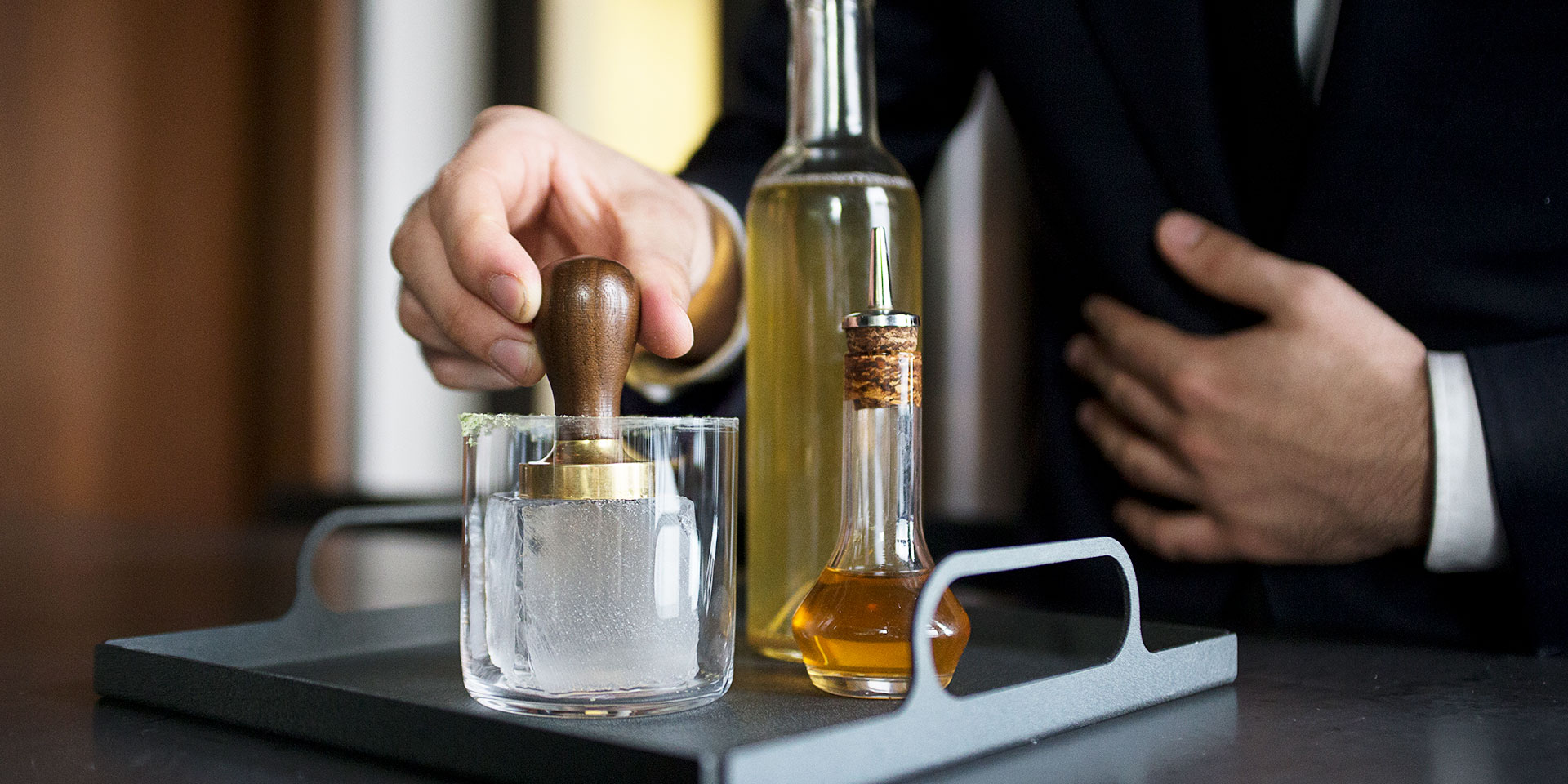
And taking it up another notch, Atera, an upscale, immersive dining establishment noted by Michelin for its extensive cocktail list, offers a Temperance Pairing, with a series of nonalcoholic cocktails accompanying each course of the tasting menu, opening the door for even more creativity.
“When creating mocktails, you don’t have that spirit to start with,” says Atera’s head sommelier Evan Manka. “This can be a challenge, but it also leaves all routes open, and every ingredient is fair game.”
In London, The Permit Room, located in Dishoom King’s Cross in a restored Victorian-era warehouse and modeled on the iconic Persian bars of 1930s-era Bombay, offers a variety of mocktails in addition to its well-known cocktails.
Building on its original tongue-in-cheek name — “Permit Room” refers to the Indian regulation of needing a permit to serve alcohol and only offering it in specific sections of restaurants — the place has as much fun with its mocktail menu as with its cocktail menu.
The Sober Martini is made from juniper, ginger and gentian root in grape- and cucumber-infused water, giving a “gin-like bitterness and warmth.” There is also the Dry Monsoon Martini, a concoction of Monsooned Malabar espresso, a house-made alcohol-free spirit from a secret recipe, chili and creme. “But nobody will know that your monsoon is dry,” the menu says.
At Skylon, a favorite swanky South Bank establishment known for contemporary British cuisine, nonalcoholic cocktails have joined the long list of classic cocktails and wine. Spiced Iced Tea is made from Seedlip Spiced 94, peach puree and Earl Grey tea; and the Dragon Cooler encompasses grapefruit and pineapple with tarragon.
In Tel Aviv, where in recent years cocktails have become a larger part of the city’s thriving food scene, nonalcoholic versions are becoming more common, but not any less creative.
At Claro, located in Sarona, a trendy nightlife and dining hub, chefs have recently added mocktails to the menu. This way people who don’t want to drink alcohol can still make a unique drink part of their dining experience at the Mediterranean farm-to-table restaurant.
A few of the restaurant’s mocktails mimic alcoholic cocktails, but some are inventions unto themselves. One highlight of the rotating menu is the Balsamico, made from pomegranate juice, strawberries, white balsamic vinegar, lemon juice, fresh mint and white chocolate.
“It’s more culinary than a Coke,” said Claro’s manager, Itay Buksenboim. “You still get the spices and the deep flavors that go nicely with the food.”





